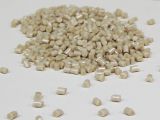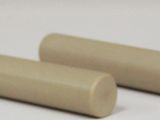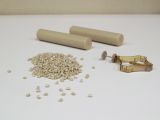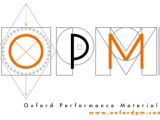3D printed microscopic robots capable of delivering medicine straight to affected areas of the body are one of the most promising applications of additive manufacturing yet. However, there is another, similar endeavor being undertaken.
You may or may not be familiar with Oxford Performance Materials, or OPM for short. The company is an expert in chemistry and materials science.
One of their favorite things to do is mess with a highly advanced molecule called poly-ether-ketone-ketone, abbreviated as PEKK.
This molecule can be used in many things, like biomedical devices, biomedical raw materials and even 3D printed industrial parts.
3D printing technology involving PEKK is the latest big project that OPM has undertaken, prompted by a $150,000 / €119,500 grant from the National Institutes of Health (NIH).
3D printed PEKK devices for creating new joints
That is one of the main goals of the research project, to develop methods for improving artificial hips, knees and other implants.
The point is not to create the actual implants, since those are easily enough covered by 3D bioprinting specialists. We've seen quite a few of them over the past year alone, like hips made of titanium and bones made of bioplastic that will eventually be entirely replaced by bone.
Instead, OPM has embarked on a quest to produce better ways to treat infections when they occur after a surgery.
A joint may be implanted successfully, but the body might not accept it immediately. Also, regardless of how sterile the surgery room is, and how well the incision was sealed afterwards, pathogens can sneak in despite even the best countermeasures.
Thus, the biomedical devices will need to be able to deliver medication, antibiotics to be exact, to infected areas.
It's true that there already are implants that can deliver antibiotics, but OPM's 3D printed PEKK implants should be faster, less painful and easier to implement.
An ETA for practical applications
Adam Hacking, PhD, Chief Scientific Officer at OPM and the one who is handling the funds, is faced with a pretty tall order. But since 3D printing technology is advanced enough to already be tested in microscopic environments, we're certain that results will be seen sooner rather than later.
What will take longer will be to get the new implants and procedures approved by the world's health regulation organizations, as well as conducting animal (and eventually human) trials. So we'd give it a few years, 3 to 5 at the very least.
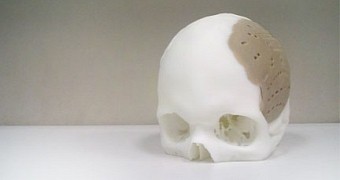
 14 DAY TRIAL //
14 DAY TRIAL // 
